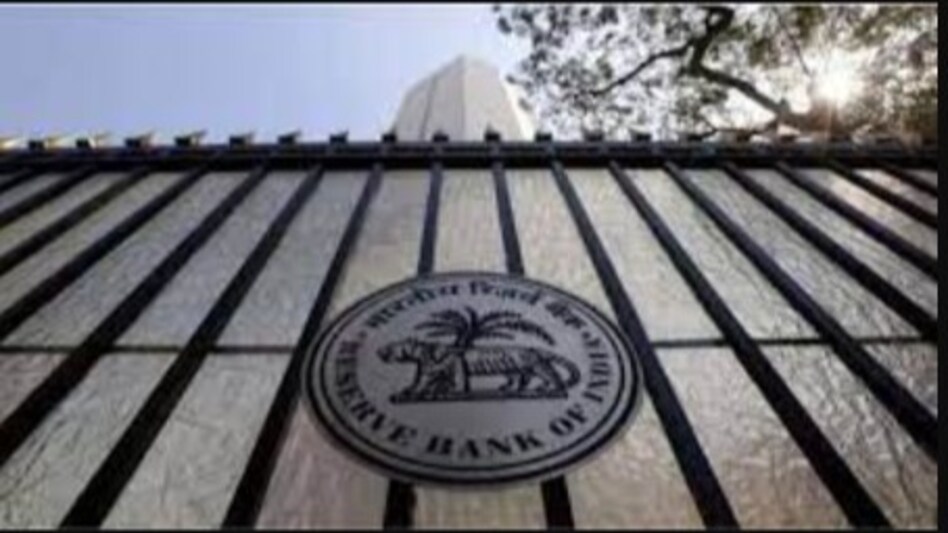 Last fiscal year, the central bank had given Rs 87,416 crore to the Centre as surplus.
Last fiscal year, the central bank had given Rs 87,416 crore to the Centre as surplus.  Last fiscal year, the central bank had given Rs 87,416 crore to the Centre as surplus.
Last fiscal year, the central bank had given Rs 87,416 crore to the Centre as surplus. The Rs 2.11 lakh crore bumper dividend from the Reserve Bank of India will come in handy for the Union government in keeping its fiscal deficit under check or for additional spending. Along with the higher-than-budgeted tax collections in FY24, this could lead to a possible rewriting of the revenue projections for the current fiscal in the Union Budget 2024-25, which will be presented in July.
On Wednesday, the Central Board of Directors of the RBI approved the transfer of Rs 2,10,874 crore as surplus to the central government for the accounting year 2023-24. This is more than double the Rs 87,416 crore in FY24 and is also much higher than the budgeted Rs 1.02 lakh crore (inclusive of dividends from banks and financial institutions) in the Interim Budget 2024-25.
The Interim Budget had also set a target of reducing the fiscal deficit to 5.1% of the GDP in FY25 from 5.8% in FY24, which was being seen as ambitious by some at the time. However, with tax collections—both direct and indirect, exceeding the revised projections for FY24, it is estimated that the government would already have improved upon the fiscal deficit projections for FY24. The official data will be available on May 31.
Experts believe that the bumper transfer from the RBI bodes well for the Centre’s efforts at fiscal consolidation. “The higher than budgeted dividend transfer by RBI bodes well for India’s fiscal dynamics and will provide a boost to the government’s effort towards fiscal consolidation,” said a report by Bank of Baroda economists Dipanwita Mazumdar and Aditi Gupta, adding that the government may also be able to reduce its dependence on market borrowings pegged at a gross Rs 14.13 lakh crore in FY25 and lower the borrowing costs.
It could also help the government deploy more funds on capital expenditure or flagship schemes and even lower the dependence on the disinvestment programme, the report said.
Aditi Nayar, Chief Economist and Head - Research and Outreach at ICRA agreed and said that the higher-than-budgeted RBI surplus transfer would help to boost the GoI's resource envelope in FY2025, allowing for enhanced expenditures or a sharper fiscal consolidation than what was pencilled into the Interim Budget for FY2025. “Increasing the funds available for capex would certainly boost the quality of the fiscal deficit,” she said, but cautioned that the additional spending may be difficult to be incurred within the eight-odd months left after the Final Budget is presented and approved by Parliament.
For FY25, the Interim Budget has already made an outlay of Rs 11.1 lakh crore as capital expenditure, which is a record high.
A Barclays report said that this additional source of non-tax revenue accounts for around 7% of the central government's overall revenue receipts, which is a considerable fiscal boost. “On the revenue front, we continue to believe that the interim budget revenue targets for FY24-25 are a tad conservative, with the government assuming a tax buoyancy lower than the previous year,” said the report authored by Shreya Sodhani, Regional Economist, Barclays.
Given that nominal GDP growth for FY24-25 at 10.5% is expected to grow faster than FY23-24 at 9.1%, the agency said it believes that there is a possibility of an overshoot in revenue receipts, provided that economic momentum holds up. “GST collections crossing a record-high of Rs 2 lakh crore plus in April 2024 is an encouraging trend,” it said.
Barclays expects the government to meet its fiscal deficit target of 5.1% of GDP in the current financial year.
Upasna Bhardwaj, Chief Economist, Kotak Mahindra Bank said it is expected that the windfall from RBI will help fiscal deficit ease by 0.4% in FY25. “Scope for lower borrowing being announced in the upcoming Budget will now provide significant respite to the bond markets,” she said.
Copyright©2025 Living Media India Limited. For reprint rights: Syndications Today